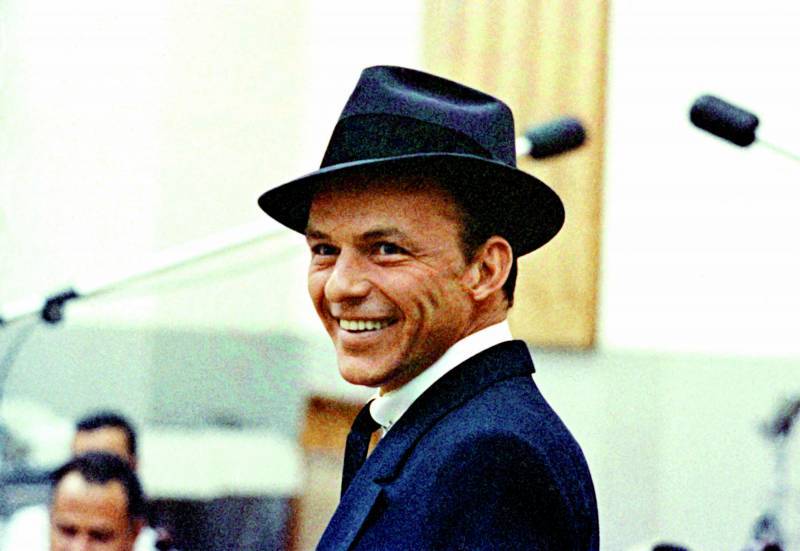Framing “Our” Frank Sinatra
In many ways exemplary of the first-generation success story, Sinatra is also a paradoxical figure for Italian Americans. He both confirmed and challenged the common stereotypes of Italian-Americans. He—along with others such as Fiorello LaGuardia and Jo DiMaggio—changed how Americans viewed Italians, permitting earlier Americans to see that Italian Americans could indeed become assimilated. On the other hand, his sometimes boorish behavior at the bar or casino reinforced some of the worst stereotypes.
As America approaches the centenary of Frank Sinatra’s birth on December 12, Hofstra University hosts a six-day conference in November to assess his musical legacy and place in the country’s imagination. With keynote speakers Gay Talese and Pete Hamill, singers, musicians, journalists and biographers, as well as performances by Hofstra University music students, the conference concludes with a scholarship concert with jazz legend Bucky Pizzarelli.
In many ways exemplary of the first-generation success story, Sinatra is also a paradoxical figure for Italian Americans. He both confirmed and challenged the common stereotypes of Italian-Americans. He—along with others such as Fiorello LaGuardia and Jo DiMaggio—changed how Americans viewed Italians, permitting earlier Americans to see that Italian Americans could indeed become assimilated. On the other hand, his sometimes boorish behavior at the bar or casino reinforced some of the worst stereotypes.
Sinatra’s appeal rested not just on his masterful singing but on these carefully constructed images and myths. Sinatra was fully conscious of their construction although he was not always sure how much the myths depended on his consciousness of their construction. Pete Hamill, in his book Why Sinatra Matters recalls Sinatra musing late in life: “Sometimes I think I know what it was all about, and how everything happened. But then I shake my head and wonder. Am I remembering what really happened or what other people think happened? Who the hell knows, after a certain point?” And contrary to the cock-sure assertiveness of “My Way,” Sinatra at the end of his life was less sure of “his way” than at any time in his life. “Maybe that’s what it’s all about. Maybe all that happen is, you get older and you know less.”
There are almost as many Sinatras as our imaginations may will into existence: the wise-ass scugnizzo from the streets of Hoboken; the vulnerable crooner who made the bobby soxers swoon at the Paramount; the self-destructive moth to the flame of Ava Gardner; the eternal Maggio and the Comeback Kid; the head Rat with rock glass in hand; the original “gangsta” epitomizing cool and a certain way with women; the ferociously proud Italian American; the Chairman of the Board; Ol’ Blue Eyes; civil rights spokesperson . . . . In short, Sinatra was the palimpsest upon which much of American culture was written in the twentieth century.


































i-Italy
Facebook
Google+
This work may not be reproduced, in whole or in part, without prior written permission.
Questo lavoro non può essere riprodotto, in tutto o in parte, senza permesso scritto.